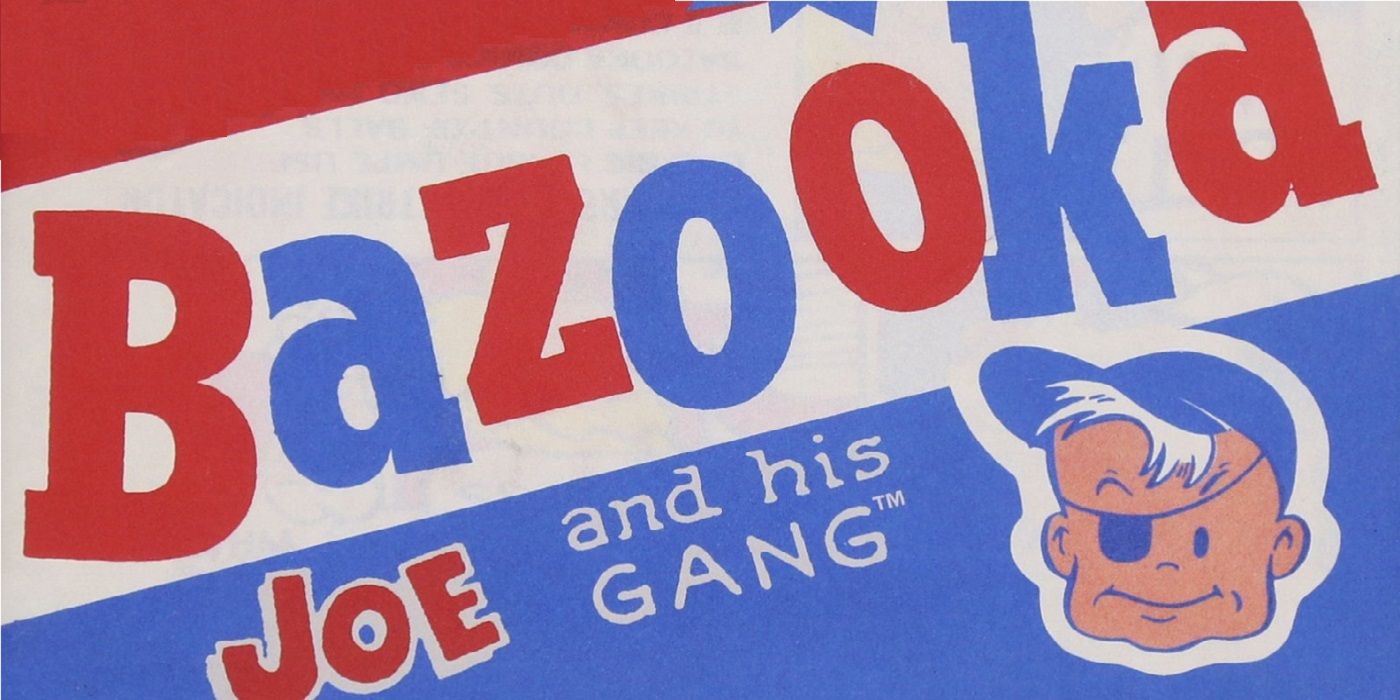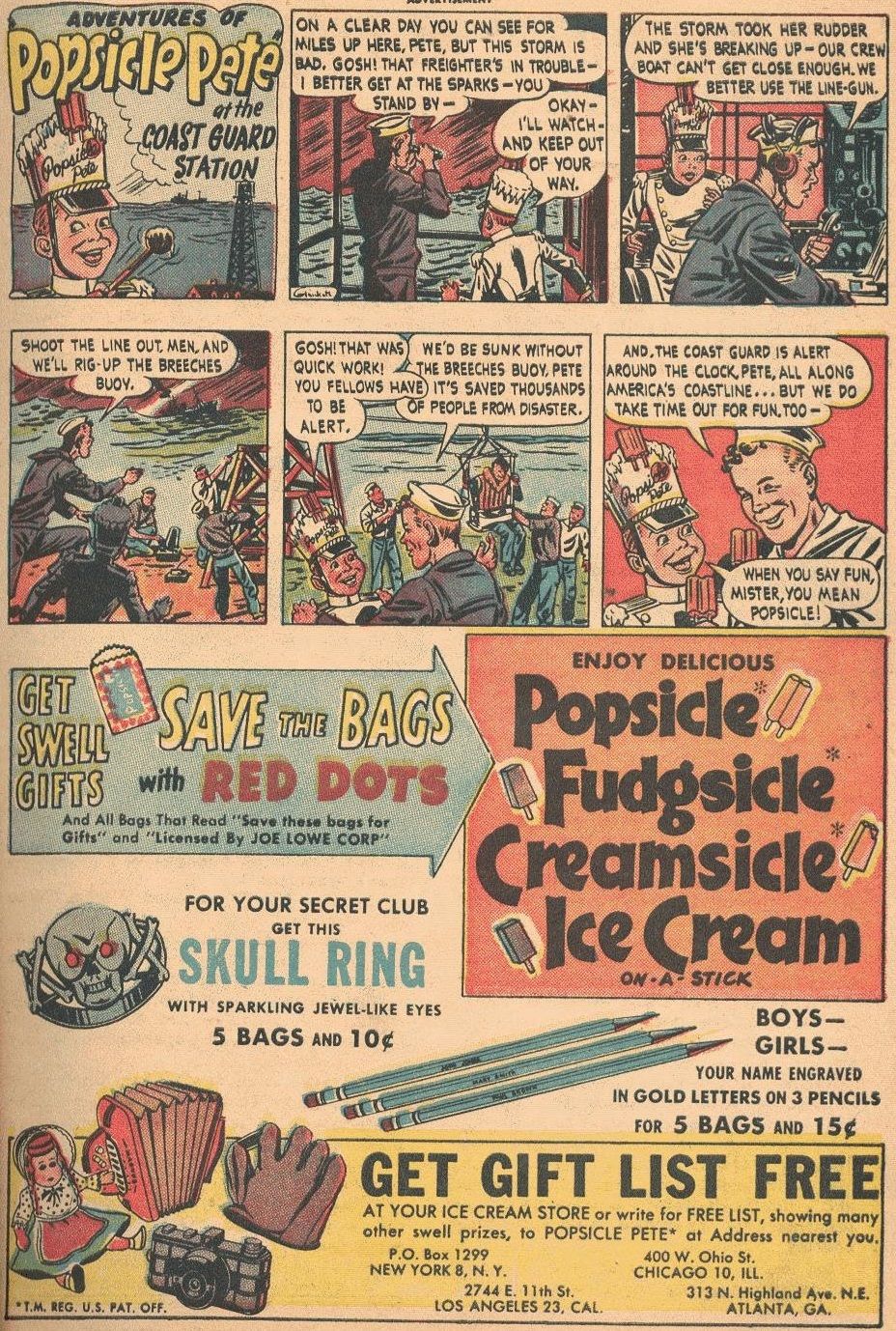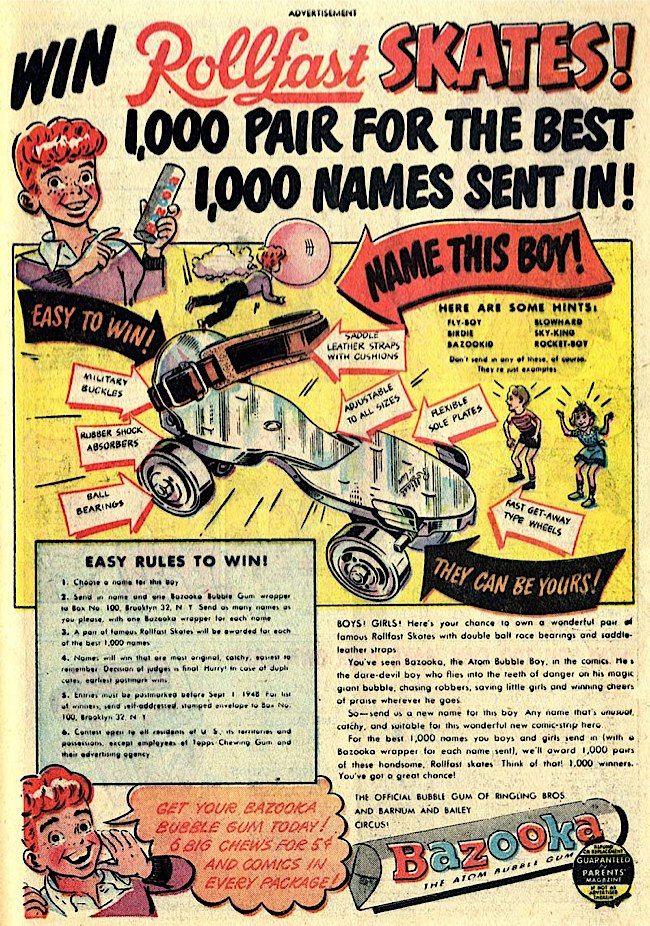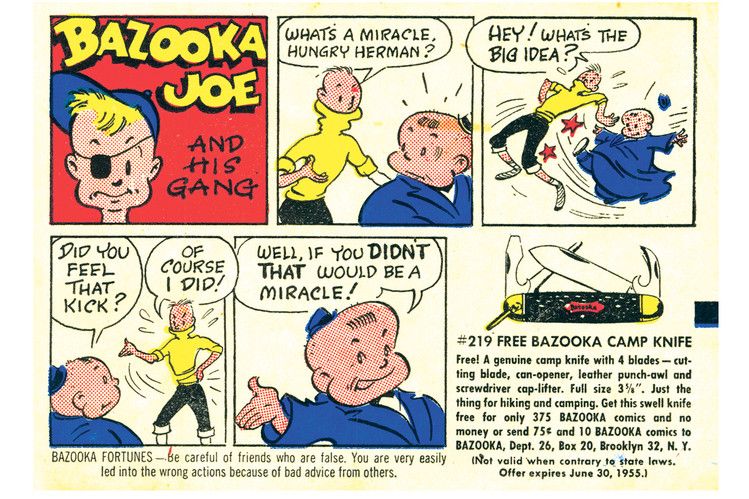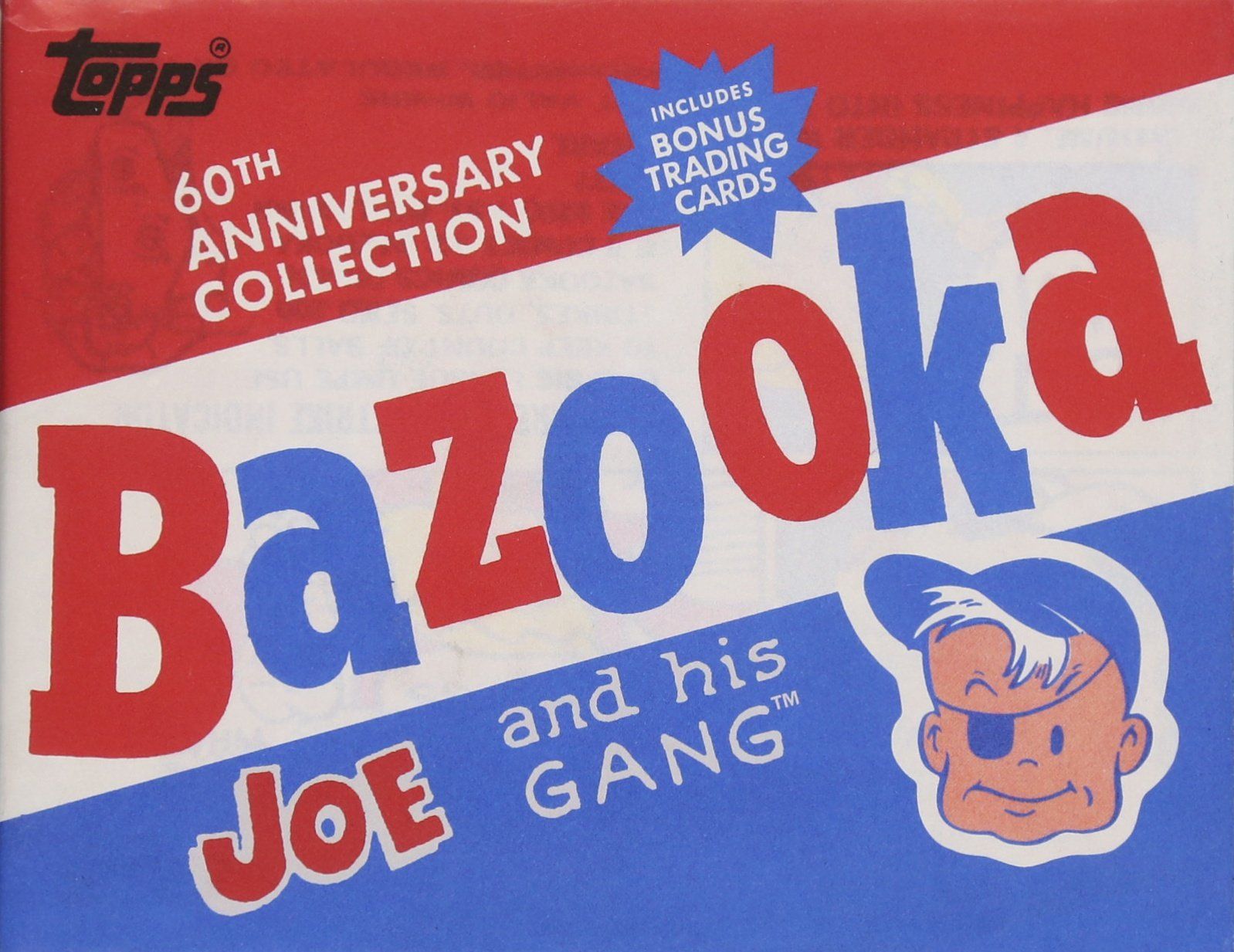Comic Book Questions Answered – where I answer whatever questions you folks might have about comic books (feel free to e-mail questions to me at brianc@cbr.com).
My pal Charlie E. wrote me this one a while back on Facebook, "You ever wonder how Bazooka Joe lost his eye?" and he tagged me, so I guess I will have to answer it.
The history of Bazooka Joe goes back to a whole other product entirely!
In the 1930s, the most popular form of home entertainment was radio shows. One of the shows, Buck Rogers in the 25th Century, the first science fiction radio series, had Popsicle as its sponsor. As part of the program, Popsicle introduced a character named Popsicle Pete for the ads, whose shtick was the he won the contest for "Typical American Boy Contest." Popsicle Pete would tell readers to send in their bags for prizes. That was his big deal, "Send in your bags!"
Well, the character proved popular enough that Popsicle hired two animation veterans who had gone freelance advertisement artists, Woody Gelman and Ben Solomon, to do Popsicle Pete comics.
The comics ran as ads in comic books throughout the 1940s and Popsicle Pete even had his own 1947 promotional comic book.
In 1952, Gelman was hired by the chewing gum (and now trading cards) company, Topps, to help lay out the 1952 Topps baseball cards. Gelman was then hired as the head of Product Development at Topps, with Solomon as the Creative Director. One of the first things that they did was to basically copy their own Popsicle Pete idea. They approached Wesley Morse with the idea.
Wesley Morse had already had a hell of a career in art by the time that they came to him for this new project. He had served in World War I and after he was discharged, he tried to make it as an artist in New York City, working for the Ziegfeld Follies, drawing advertisements for the show. He also did other sorts of advertisement art in various major New York magazines, specializing in flapper women, who were getting really big at the time in popular culture.
He worked in a variety of comic book strips and then became one of the most prominent artists (well, by "most prominent," I mean as one of the only artists who was ever identified as BEING one of the artists) on the so-called Tijuana Bibles, the pornographic comic books that were so popular during the 1930s. Morse specifically came up with the idea of doing a series of Tijuana Bibles set at the 1939 World's Fair and most likely peddled the porn comics at the fair itself.
So Morse was approached by Gelman and Solomon to come up with Topps' answer to Popsicle Pete for Topps' Bazooka brand of gum. Topps debuted the gum in 1947, almost certainly inspired by the military weapon of the same name. It was just a normal type of gum and now Topps wanted to make the comic stand out,
As part of some direct reader involvement, Topps put out a contest where readers could suggest a name for this new mascot (oddly enough, the contest came with suggestions for names, with stuff like Rocket-Boy and Blowhard. Why would you have suggestions for a contest for people to send in names? Doesn't that defeat the whole purpose of the contest?).
The winner, of course, was Bazooka Joe and so Morse went to work and when I say went to work, I mean WENT TO WORK. Morse was 56 at the time he started on Bazooka Joe. He wrote and drew the strip for the next ten years until his death, drawing at least a thousand strips a year. He did so many strips that when he died, there was still enough new strips by Morse to last for YEARS after his passing.
Anyhow, the strips would not just star Bazooka Joe, but also his friends, with the most famous one being his weird friend, Morts, whose face was covered by his turtleneck sweater. Others were Joe's girlfriend, Jane, their chubby fried, Hungry Herman, a little kid with a sailor cap named Toughie and the gang's dog, Walkie Talkie, a neighborhood mutt.
After Morse's death, Jay Lynch was brought in to do the strips. He would write the strip from 1967-1990. Lynch had a hilarious approach to the strip. He once recalled, "Despite the brand managers and marketing companies responsible for the various revamps of Bazooka Joe over the years, and their valiant attempts to make the characters and the gags more ‘hip‘, I’ve always thought that the primary appeal of these tiny comics was their overall lameness. Back when I wrote Bazooka Joe, I’d usually start by going through turn-of-the-century joke books and rewriting the ancient quips to turn the 1908 ragtime aficionados into 1990’s heavy-metal enthusiasts… »
As Lynch (who passed away in 2017) once also noted, "Bazooka Joe has become the personification of the lowest form of humor. And this is why he’s one of the most widely known comics characters on the planet. Sure, the jokes were cornball. But that’s their appeal."
Anyhow, with that all said and done, what about the eyepatch? Why does Bazooka Joe need an eyepatch?
Cecil Adams handled the story for The Straight Dope back in 1996 and after contacting Topps, he learned the following:
The folks at Topps, the makers of Bazooka gum, assure me that Bazooka Joe has 20/20 vision in both eyes and was merely equipped with a patch to give him a distinctive look. Yeah, like a mohawk or a tattoo was too rad, so let’s sacrifice binocular vision. Then again, I guess it worked for Brenda Starr’s paramour Basil St. John.
So, yeah, Bazooka Joe's eyepatch is just an affectation.
Sadly, Topps eventually stopped making Bazooka Joe comic strips with the gum, but in recent years, they started doing Bazooka Joe "throwback packs" that had comic strips with gum in them.
Thanks for the challenge, Charlie!
If anyone else has a comic book related question, just drop me a line at brianc@cbr.com!

